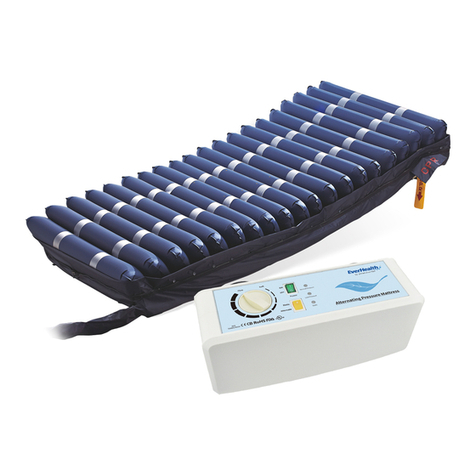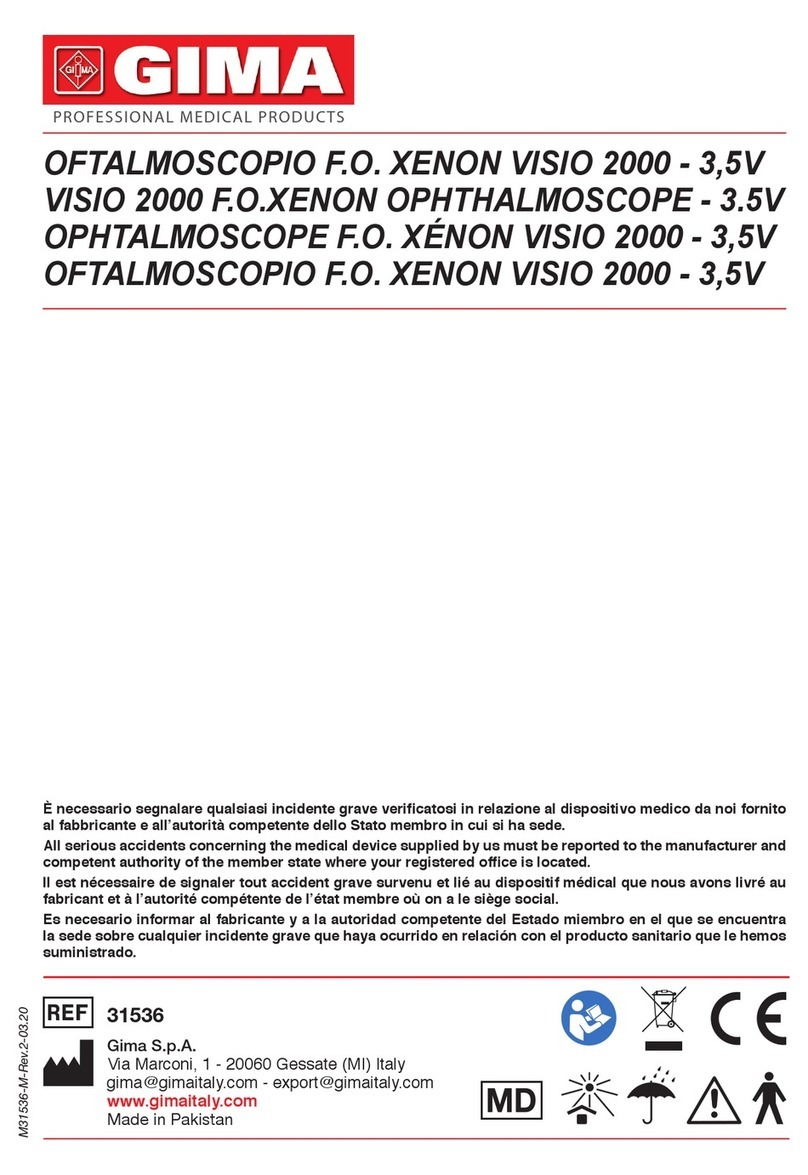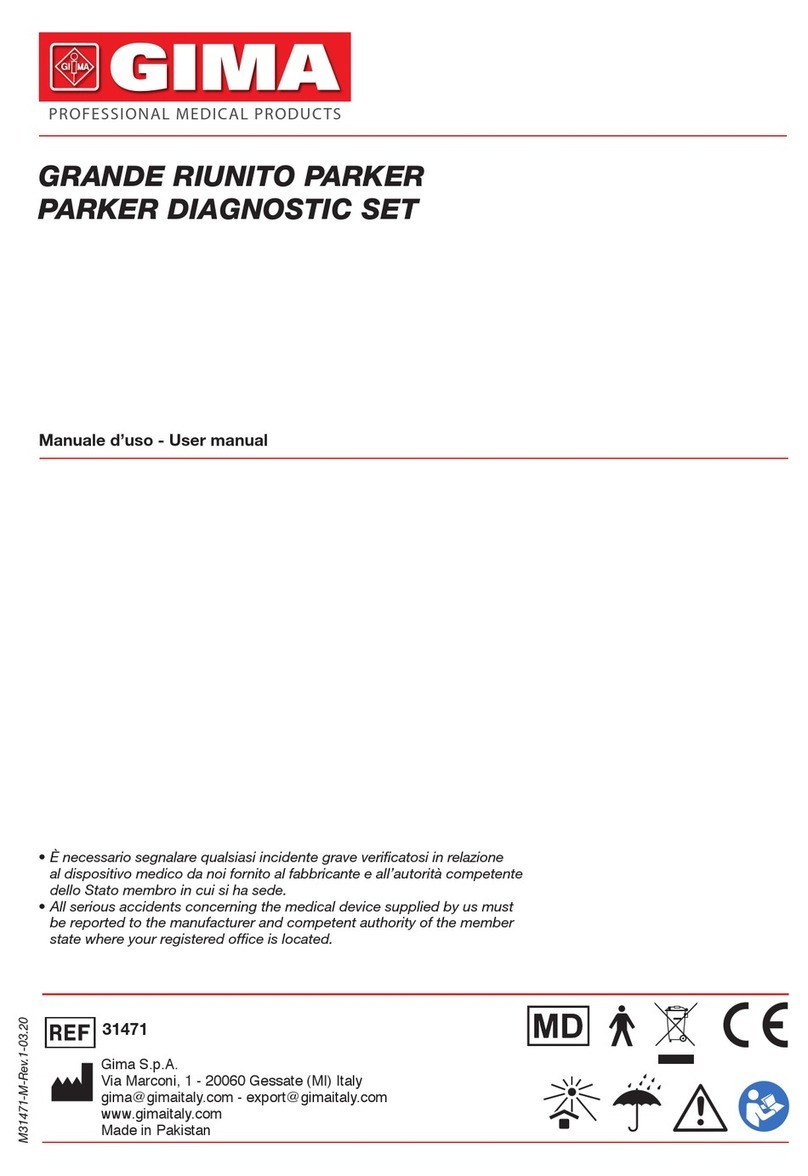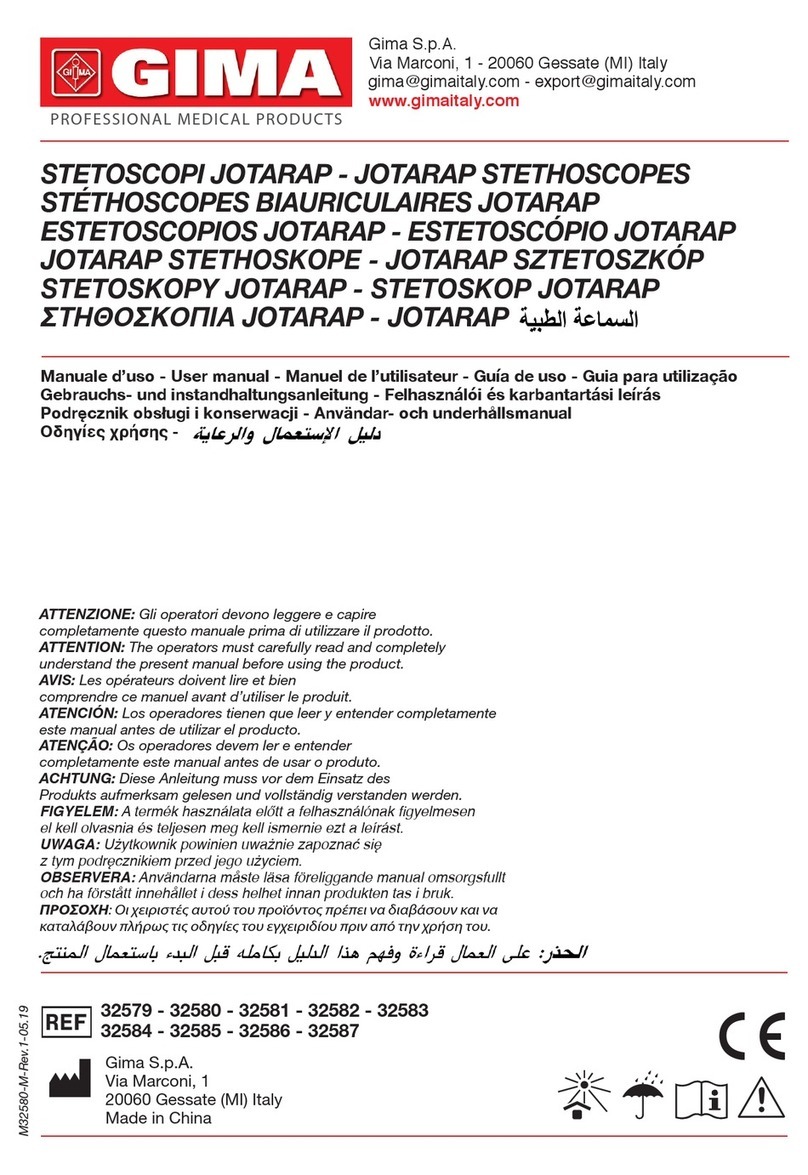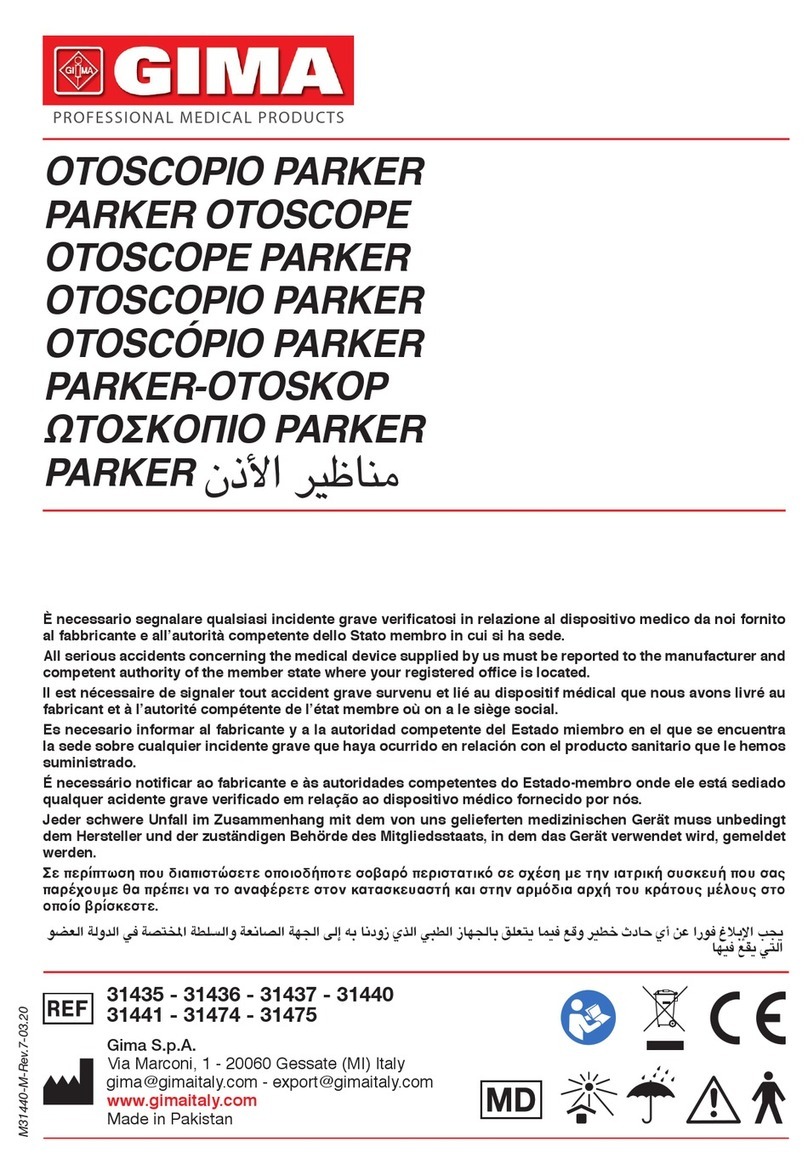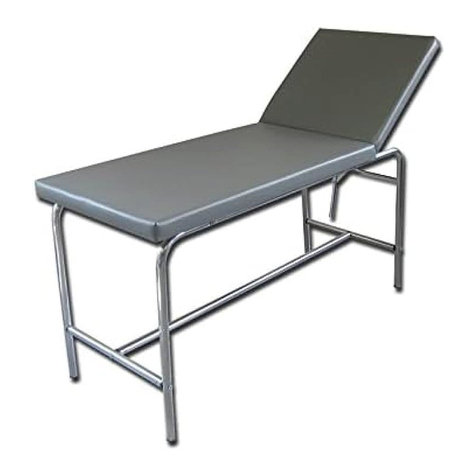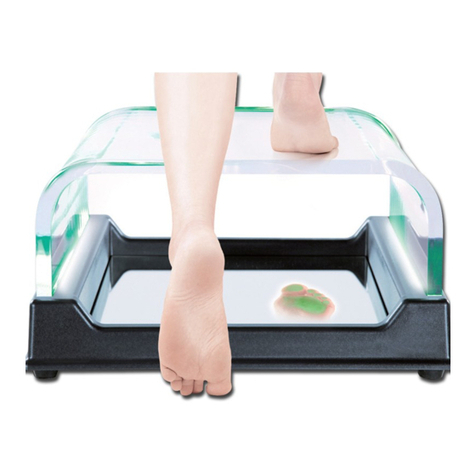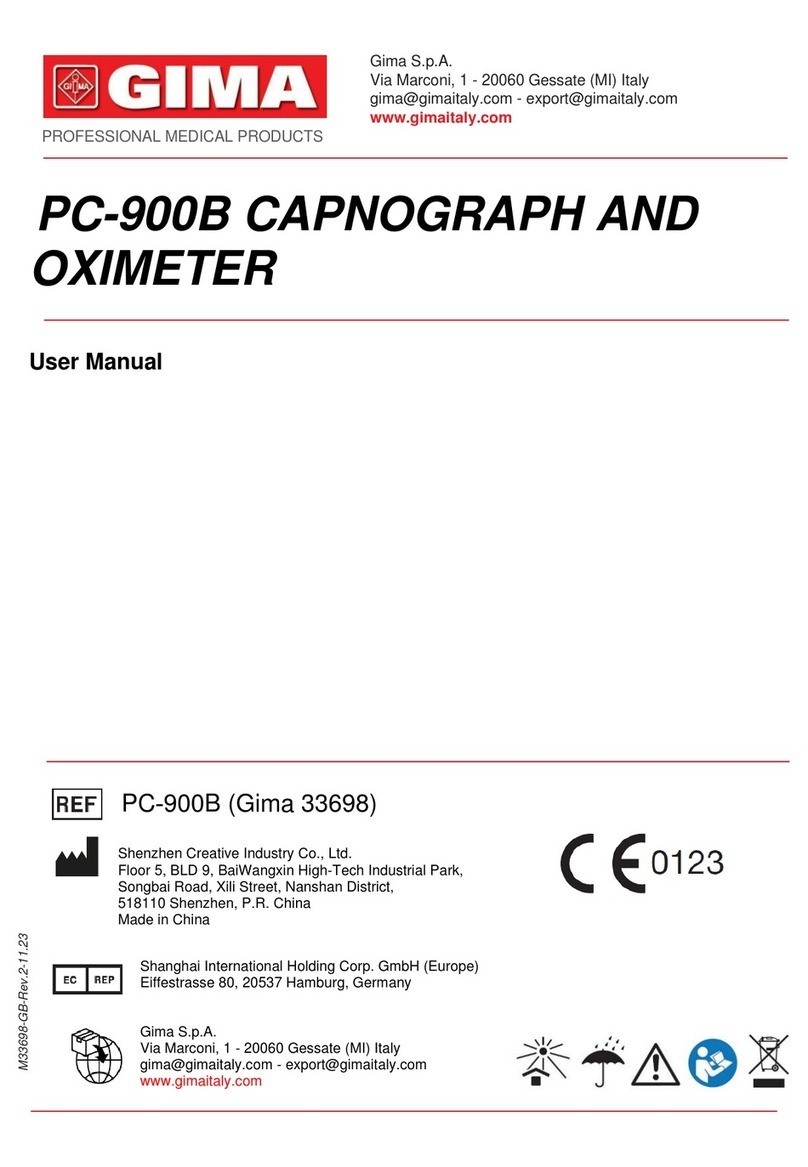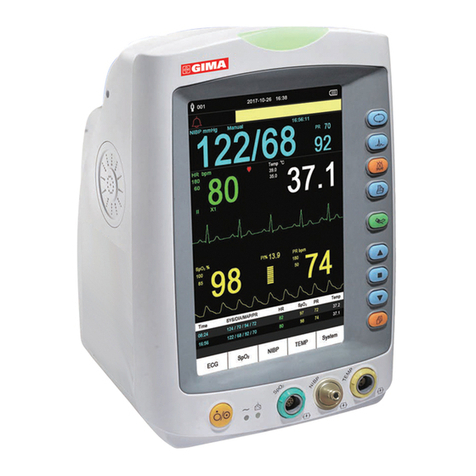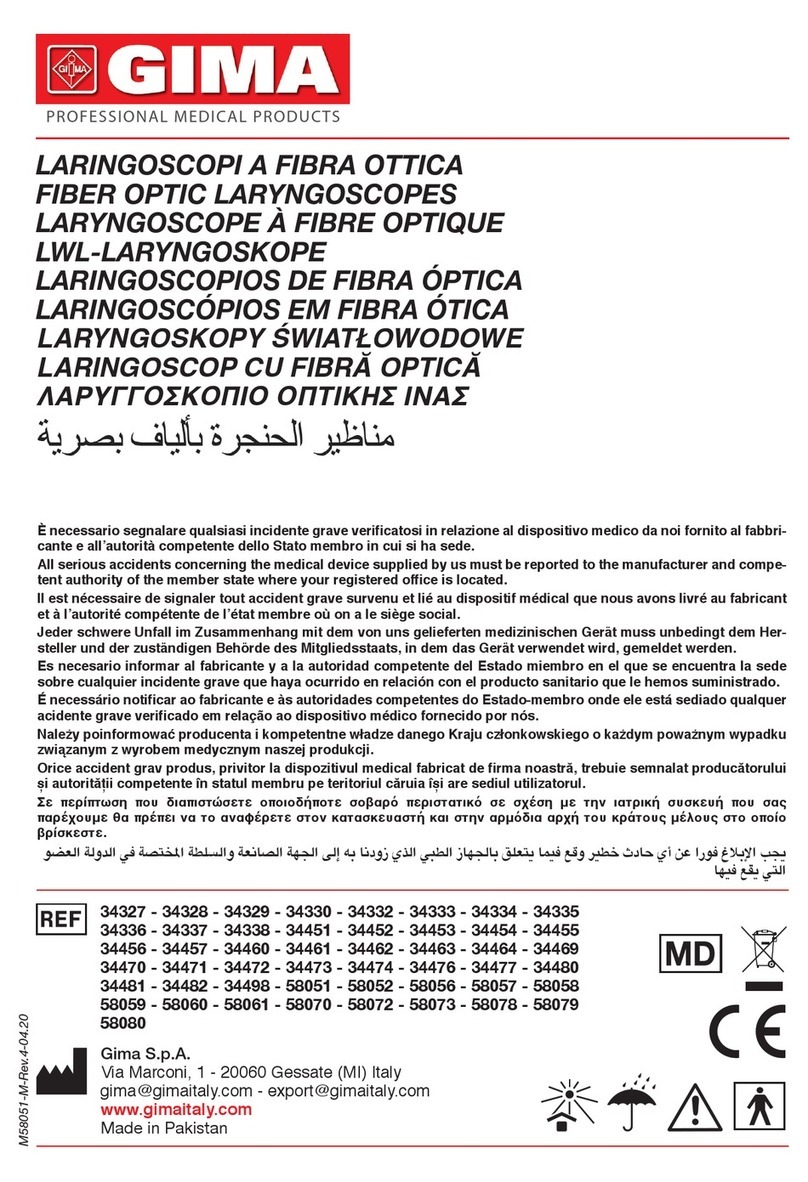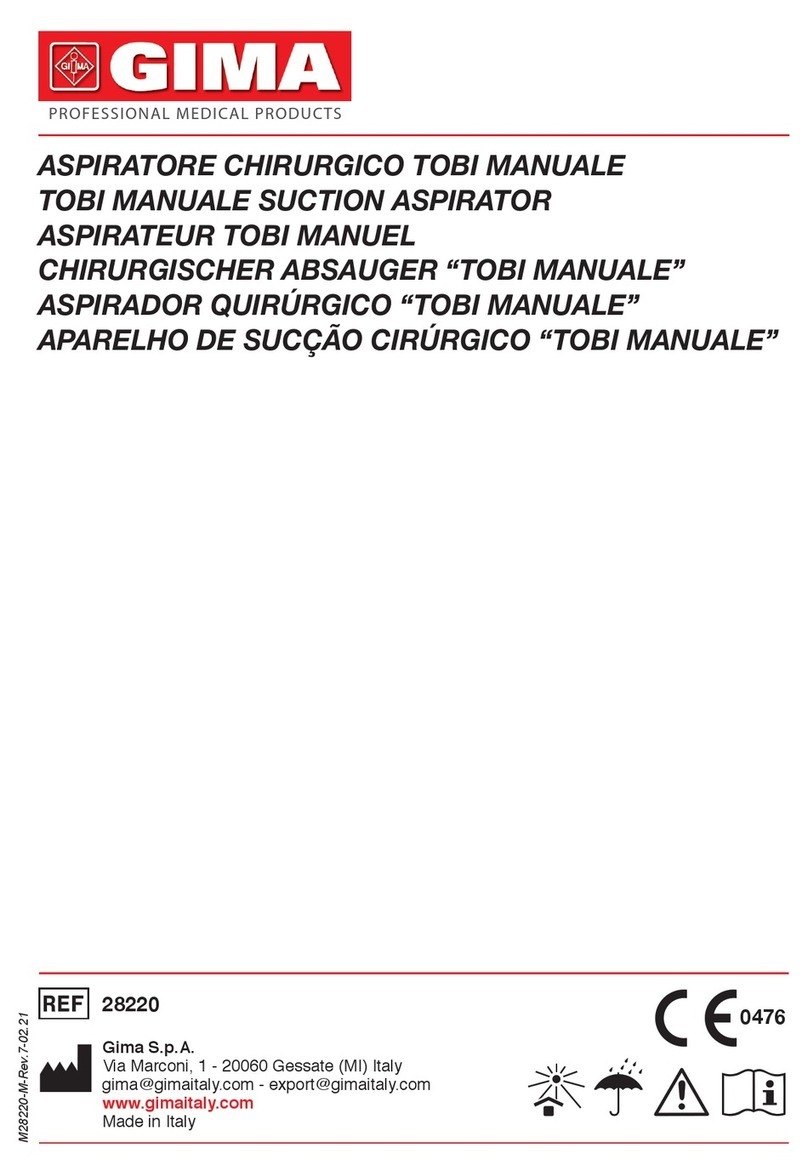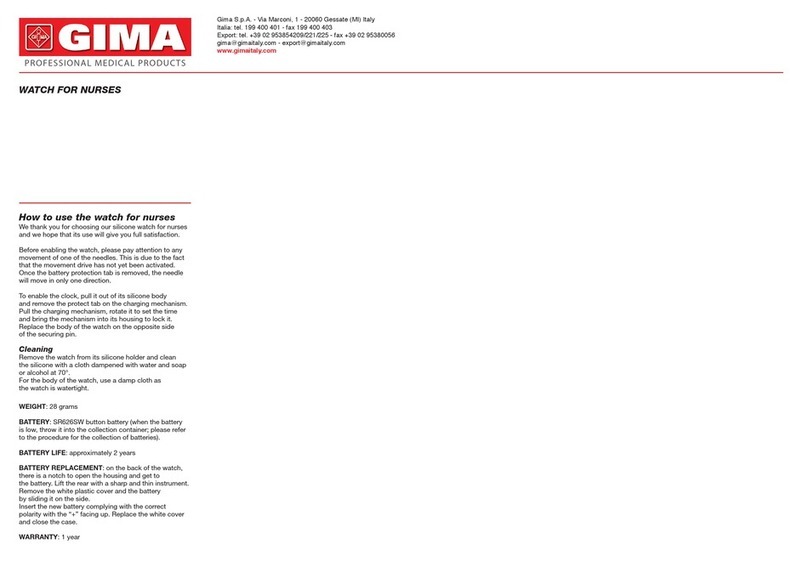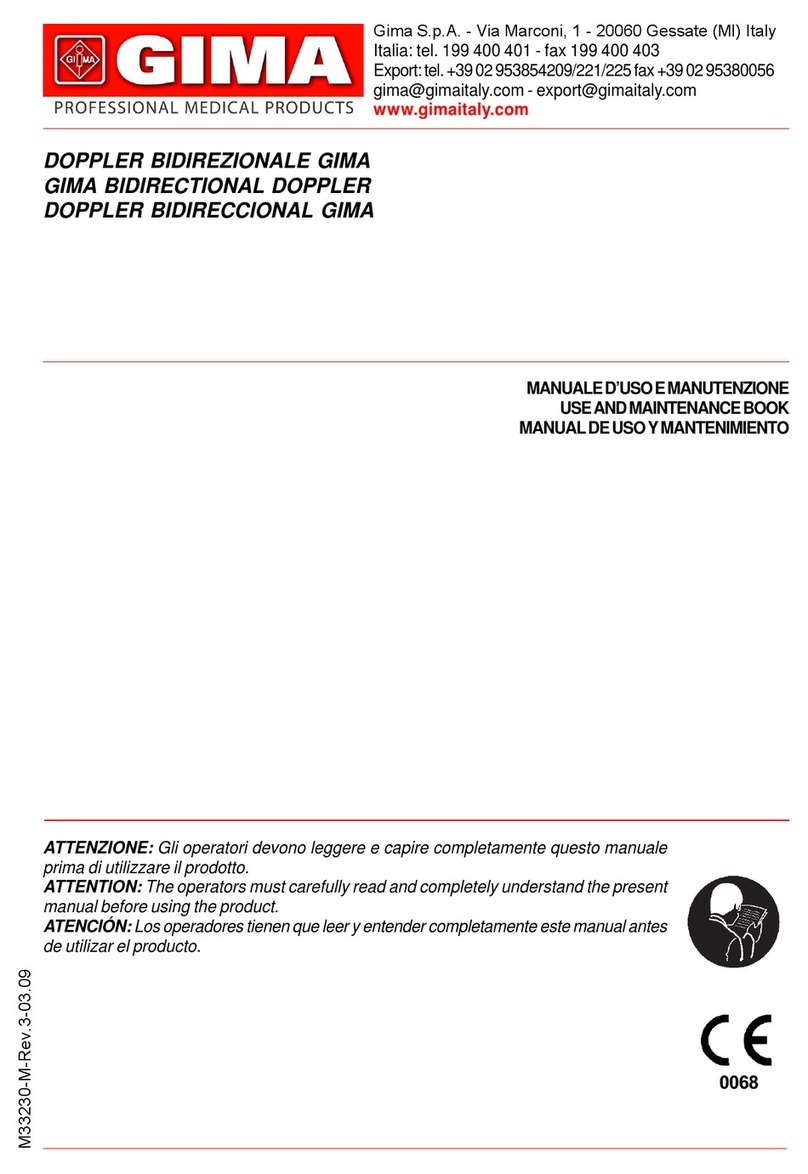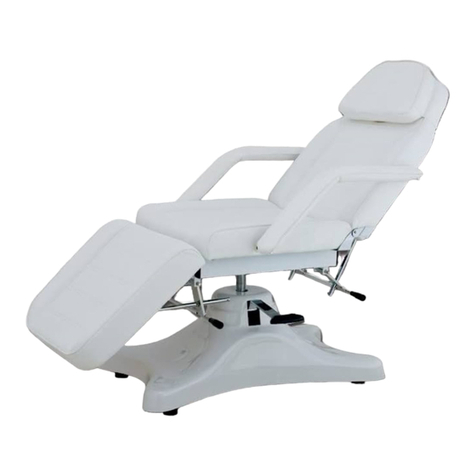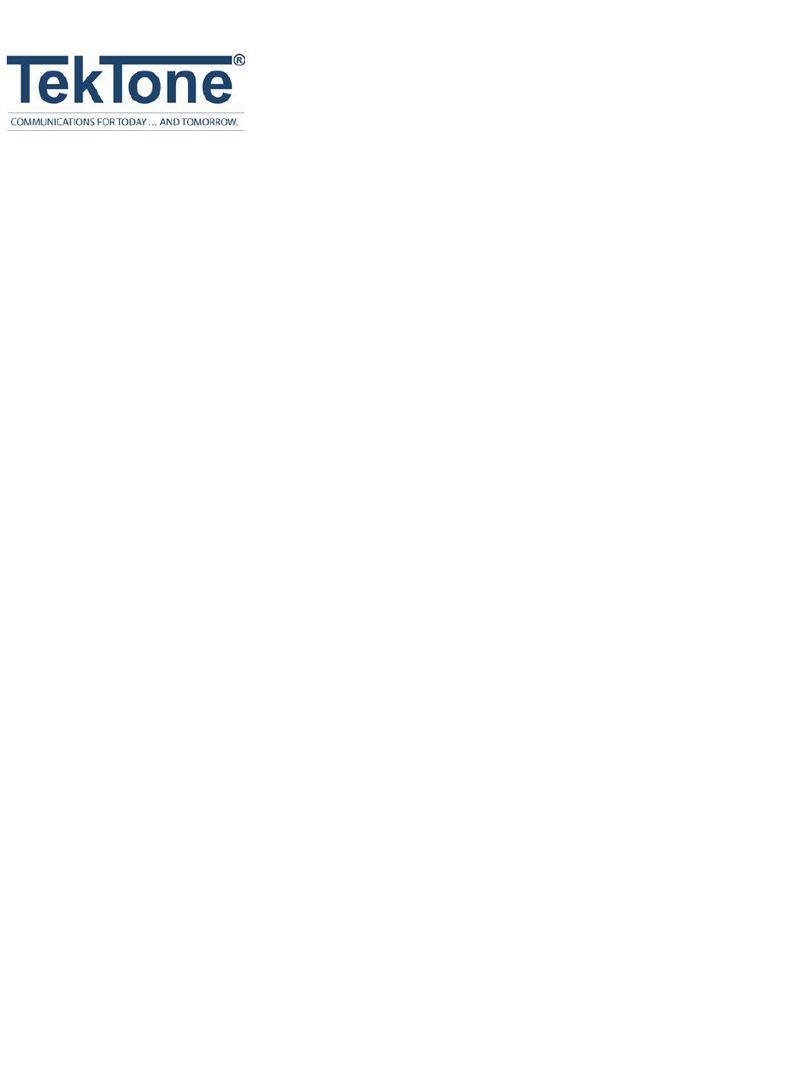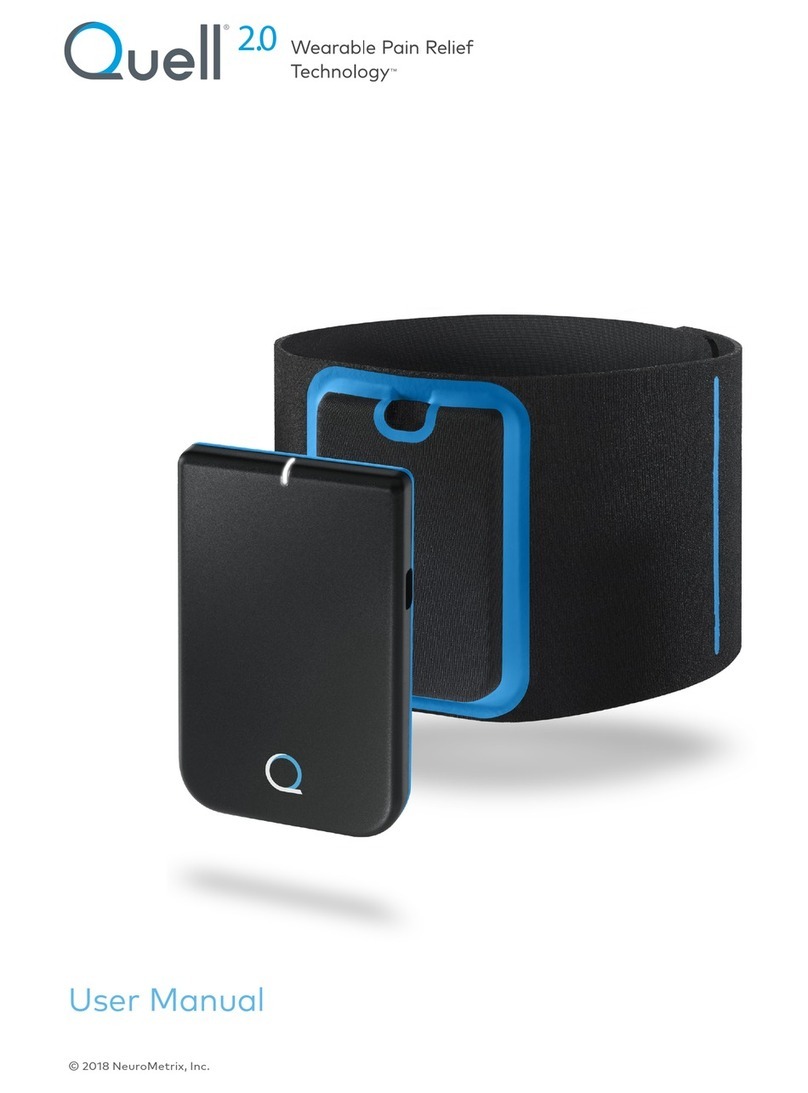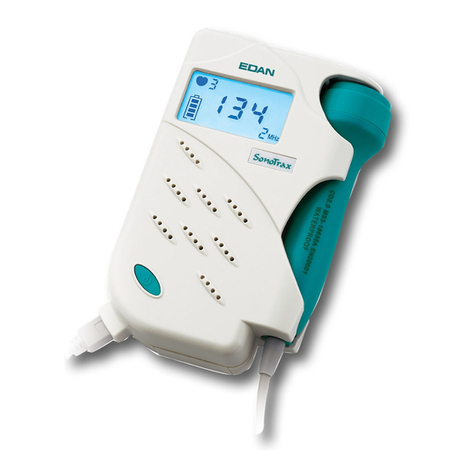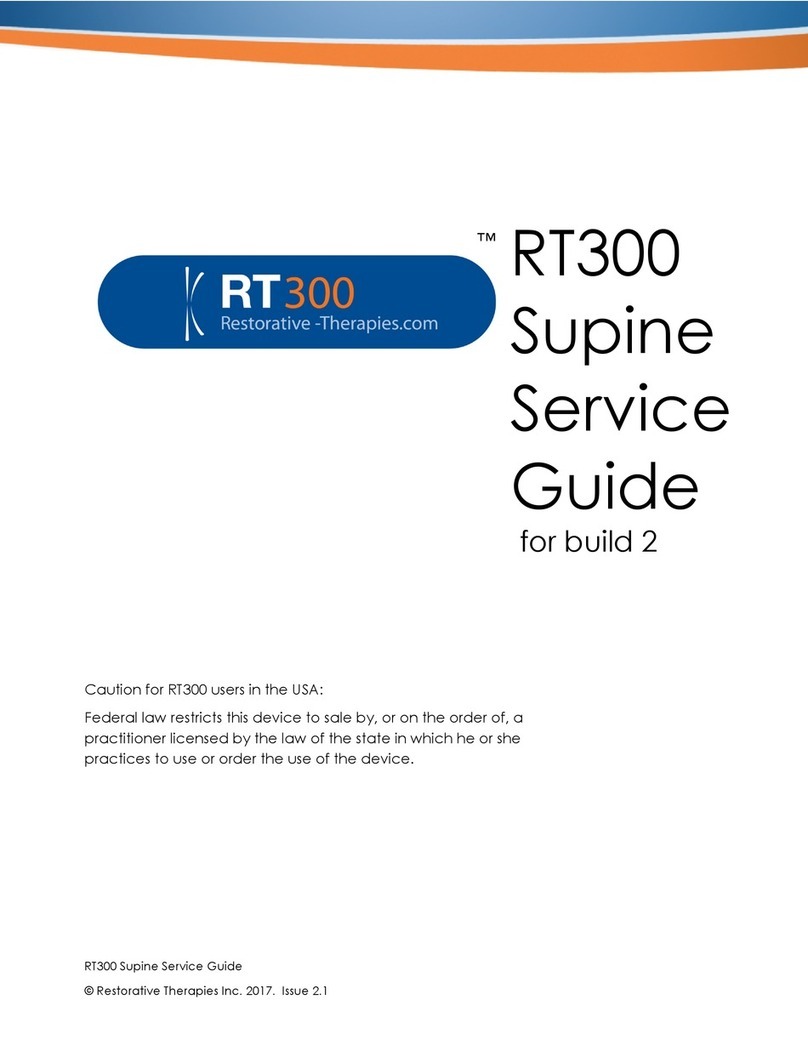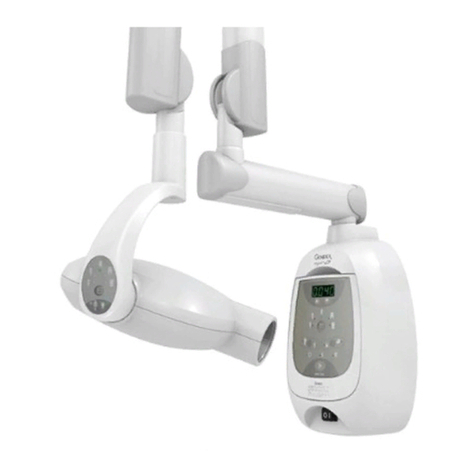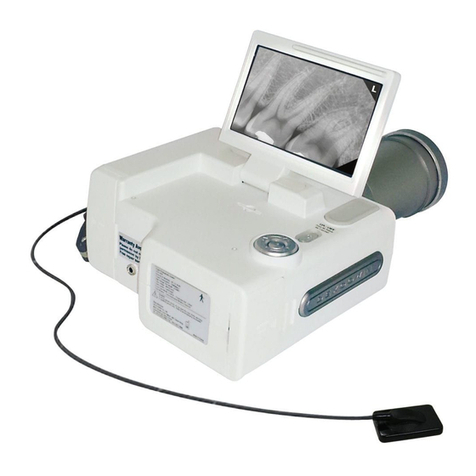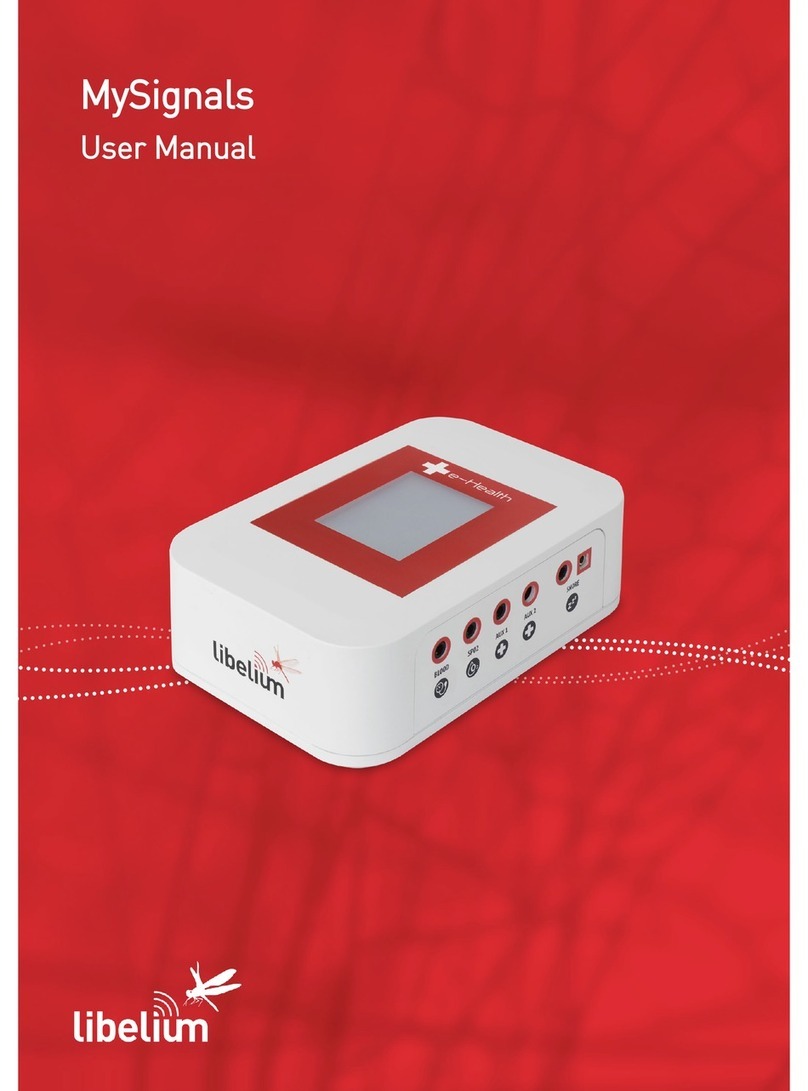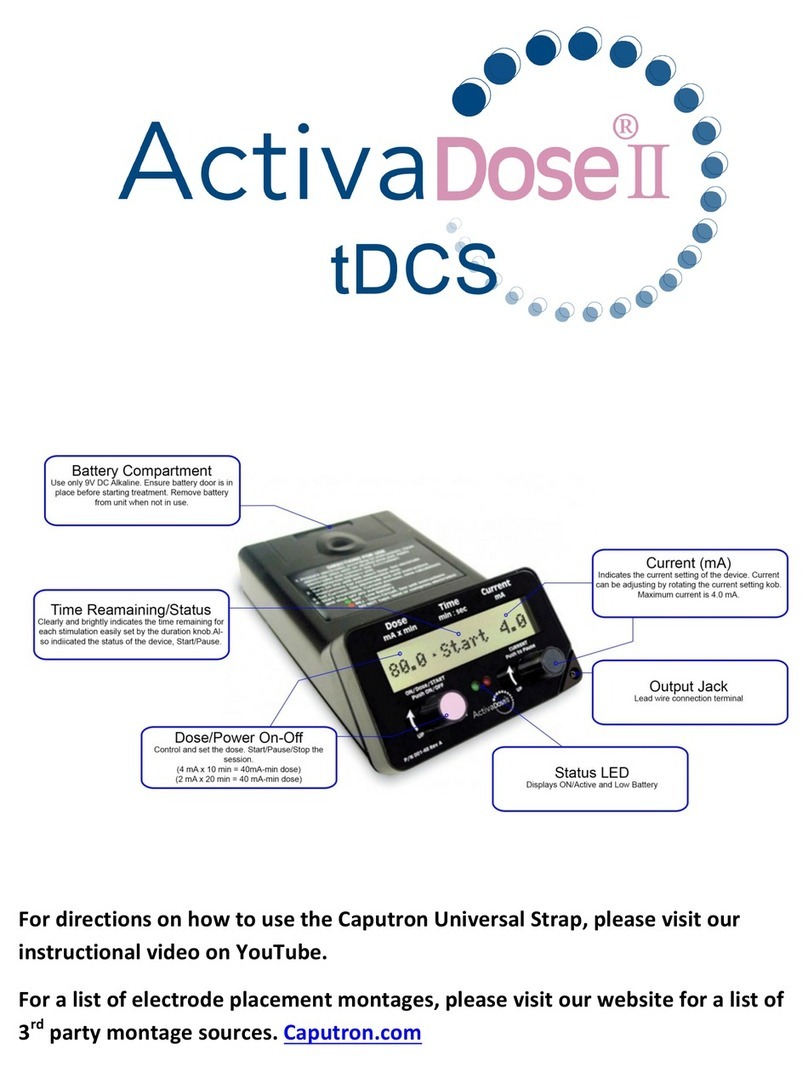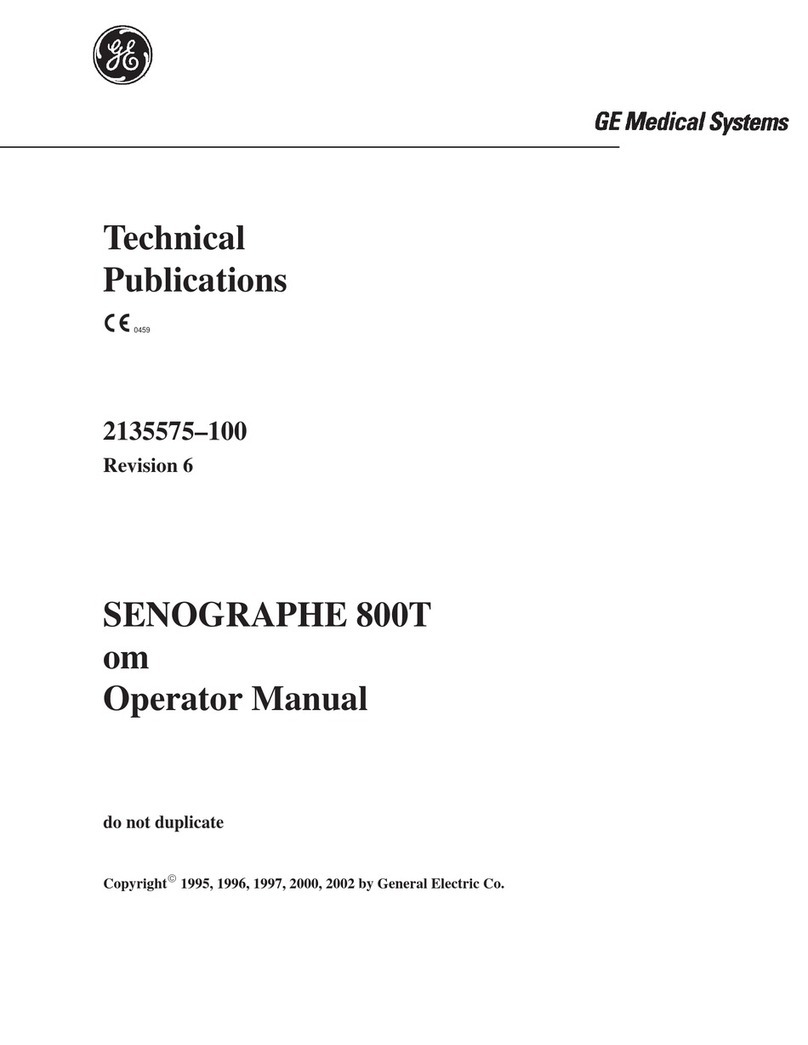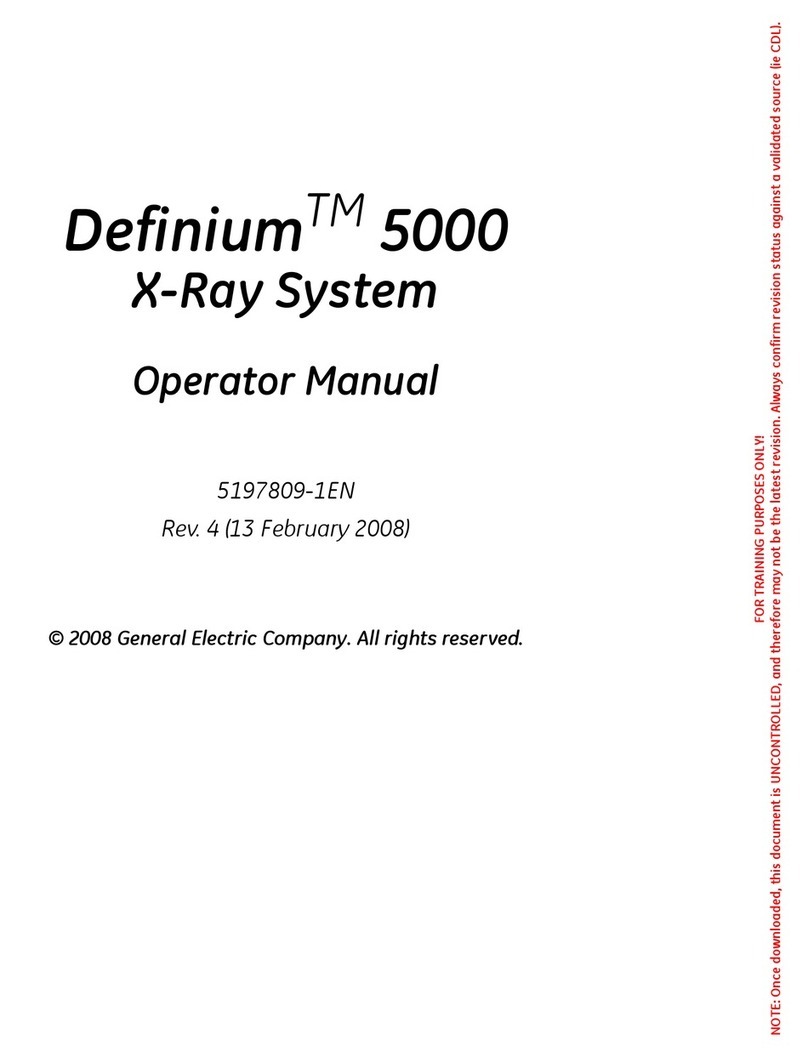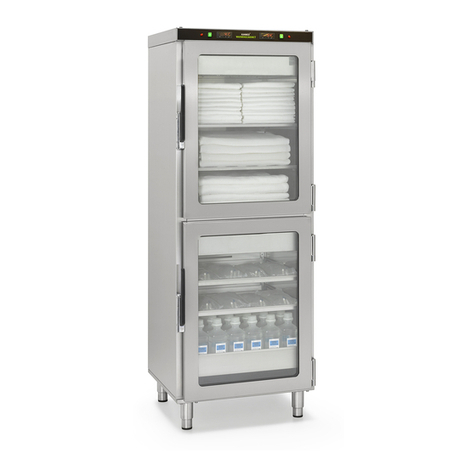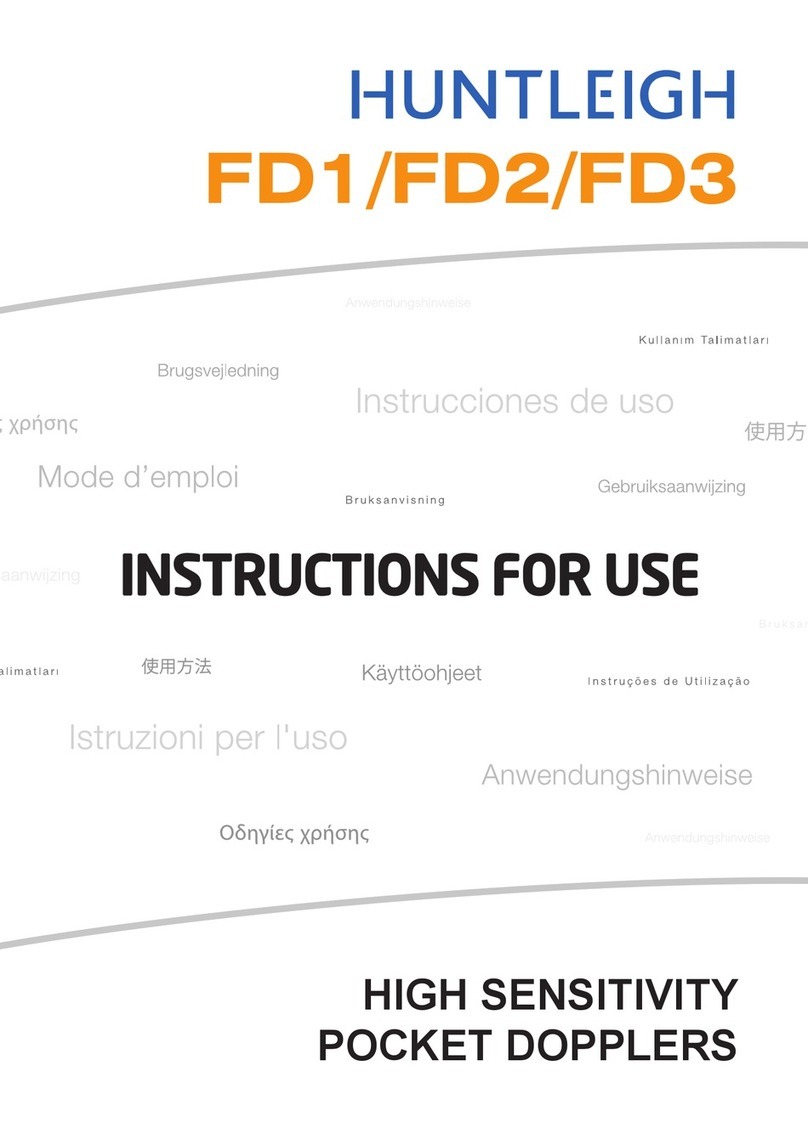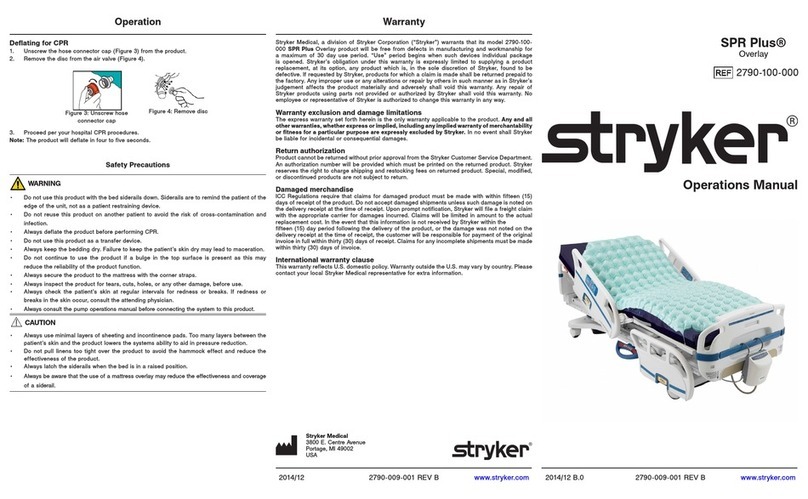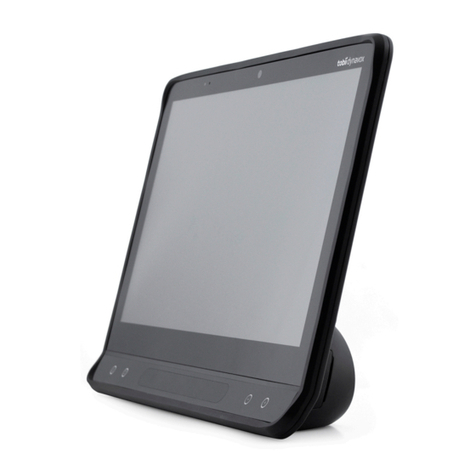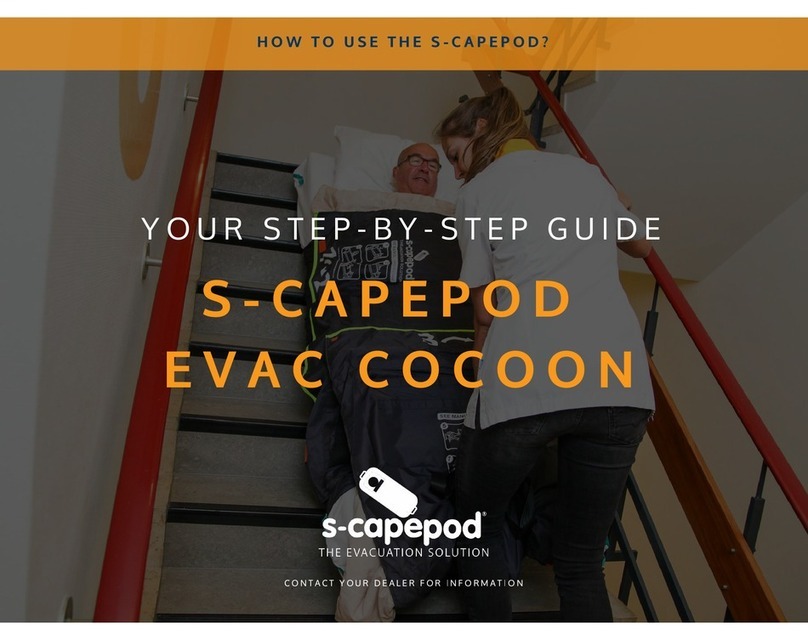
23 ENGLISH
Instructions for Safe Operation
- Check the device to make sure that there is no visible damage that may
aect user’s safety and measurement performance. It is recommended that
the device should be inspected minimally before each use. If there is obvious
damage, stop using the device.
- Necessary service must be performed only by qualied technicians. Users
are not permitted to service this device.
- The oximeter must not be used with the devices and accessories not specied
in User Manual.
Cautions
- Explosive hazard—DO NOT use the oximeter in environment with inammable
gas such as some ignitable anesthetic agents.
- DO NOT use the oximeter while the Patient is under MRI or CT scanning.
This device is NOT MRI Compatible.
Warnings
- Discomfortable or pain may occur if using the sensor of this device
continuously on the same location for a long time, especially for the patients
with poor microcirculation. It is recommended that the Oximeter should not be
applied to the same location for longer than 2 hours or less if any abnormal
condition is found. Frequently check and re-position the Oximeter.
- For the individual patients, there should be a more prudent inspecting in the
placing process. The sensor can not be placed on the edema and tender tissue.
- The local law should be followed when disposing of the expired device or
its accessories.
Attentions
- Keep the oximeter away from dust, vibration, corrosive substances, explosive
materials, high temperature and moisture.
- If the Oximeter gets wet, please stop operating it and do not resume operation
until it is dry and checked for correct operation. When it is carried from a cold
environment to a warm and humid environment, please do not use it immediately.
Allow at least 15 minutes for the Oximeter to reach ambient temperature.
- DO NOT operate the button on the front panel with sharp materials or sharp point.
- DO NOT use high temperature or high pressure steam disinfection on the
oximeter and probes. Refer to related chapter for instructions regarding
cleaning and disinfection.
- The intended use of this device is not for therapy purpose.


